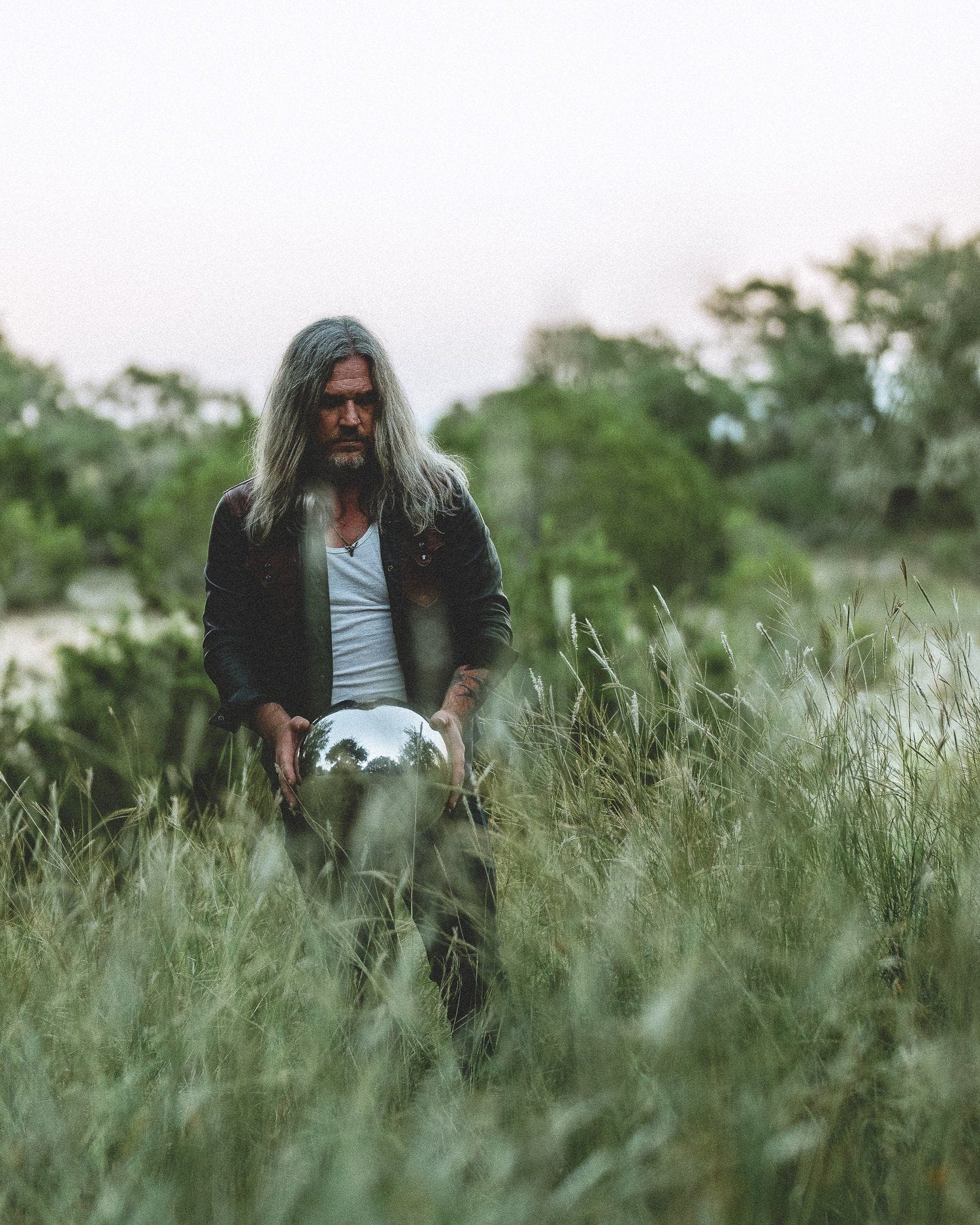My Page: Israel Nash “More Shots at the Basket”

photo: Chad Wadsworth
***
It is important that we preserve the rock-and-roll ethos. So many legacy music institutions have completely lost their original purpose, center and ownership. Though there are a few—like Relix—whose vision is still to promote the idea that rock-and-roll is a spirit and movement that is much bigger than simply just music, I feel like country, rap and a few other genres have been able to connect with their fanbases in deeper ways recently. And, through those connections, they have been able to figure out how to maintain their own cultural identities.
It had already been happening for at least a decade, but the pandemic just made so many things shake out for the music and touring industries. There is something very dated about the album cycle—releasing an album every two and a half years, touring behind it and then being like, “Well, what the hell do I do now?” It’s a rhythm that we got into, but the system has changed with technology. It’s affordable now; even younger artists can make a good-sounding album at home and everyone can release music more quickly. That has led to more projects, more collaborations, more cover albums, more instrumental jams and more inspired, consistent releases.
I started making a few albums right before the pandemic, but we quickly ran into problems with the label. They couldn’t fathom releasing three records only a few months apart and would say, “Nobody will write about you or talk about it if you release all these projects in seven months.” But those limits don’t make sense to me in a modern world.
As artists, we are constantly being told to create more content to keep up in the digital world, but the thing that we are the best—and most efficient—at making is music. So we should actually be encouraged to create more music. If you are inspired by five songs, then create a short, fun five-song EP or do a small pressing of 200 copies only for fans. The traditional media landscape was such a beautiful thing, but we need to be thinking more digital-centric now. The whole system has changed and even the Hollywood movie industry, which I never thought would be shaken, has started to adapt. In TV, you don’t need to do a 22-episode season; you can have 10 episodes on a streamer. But while some of these other genres that I’ve already mentioned have figured out how to navigate that and build dedicated fanbases, the rock institution has not.
Of course, it is important to come up with some solutions and not just complain about the path we are on—identify problems and figure out what to do tomorrow. And I think the answer is more releases. That not only keep you creative, but it also opens you up to additional touring opportunities and different types of shows. It gives you more shots at the basket.
One of the albums that I have in the bank is Moods—a pedal-steel ambient album that’s just 30 minutes of music. We’ve thought about having a few performances of that music in digital art galleries and other alternative places that are a little different from your normal rock club. And maybe that will appeal to a pedal-steel fan who otherwise might not pick up one of my records.
I just released Ozarker, which was a big songwriting record that I poured a lot of energy into, and I already have a solo folk set, Colorwheels ready. And a third album I have in the bank is a cover of The Byrds’ Sweetheart of the Rodeo. I just love that record. It was formative for me, but while that was considered cosmic country in 1968, today, it sounds like real country. So I wanted to make an album that feels like the cosmic Americana of today with synths, drum machines and other crazy stuff. The hip-hop world, especially, has realized that artists need the constant ability to create. The closer you are to the recording, the better. And it helps me find a balance when I am touring behind an album, knowing that I am going into the studio to work on another project.
It is also important to identify your key fans. Some of them may want limited, exclusive annual releases or opportunities for more intimate shows. I have tons of fans in Stockholm and London for instance. It is about asking, “How do you reinvent some of these relationships and collaborate with other interesting, artistic people.” It’s about serving the audience better and giving them more value; coming together and building a community. We need to bind together to keep the fire for the next generation of rock-and-roll musicians to come.
**
Israel Nash released his latest album, Ozarker, in October through Desert Folklore and Soundly Music. His Substack community, Cosmic Eagle, features new music, unreleased songs, special guest appearances, road stories and more.




















